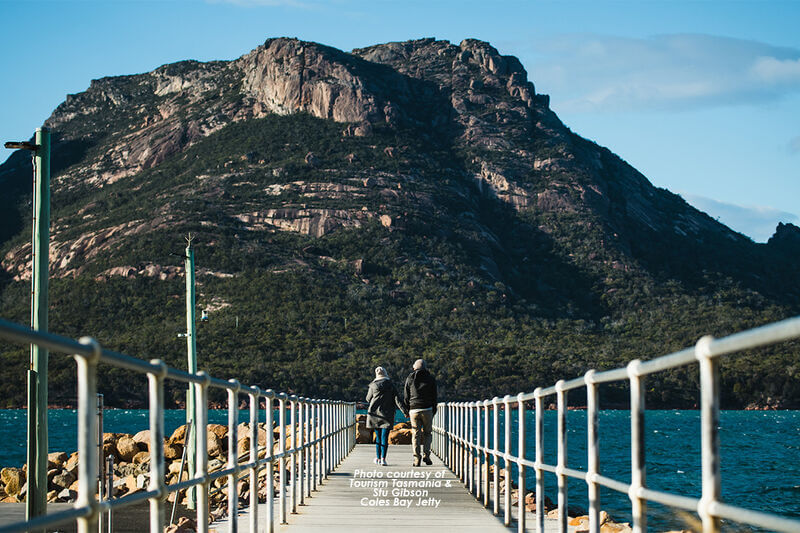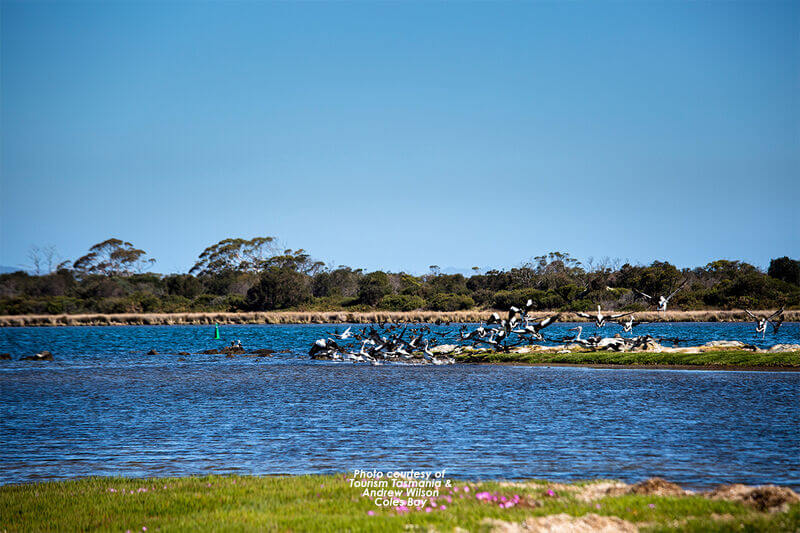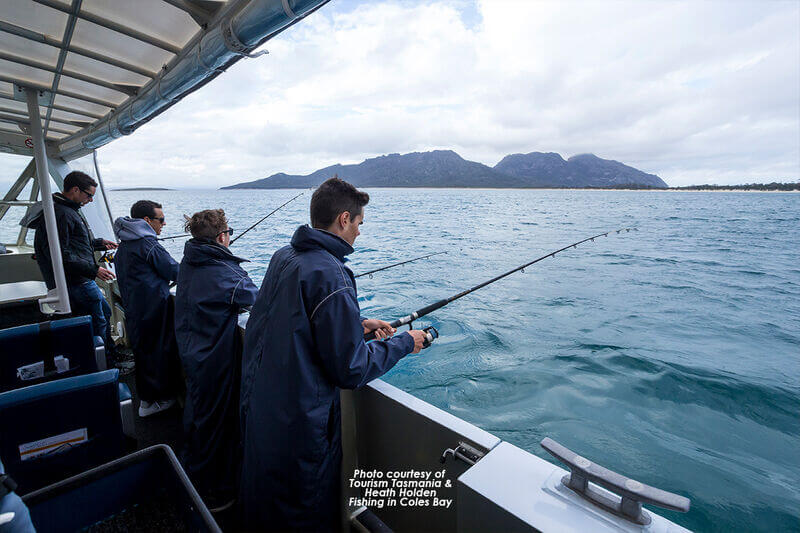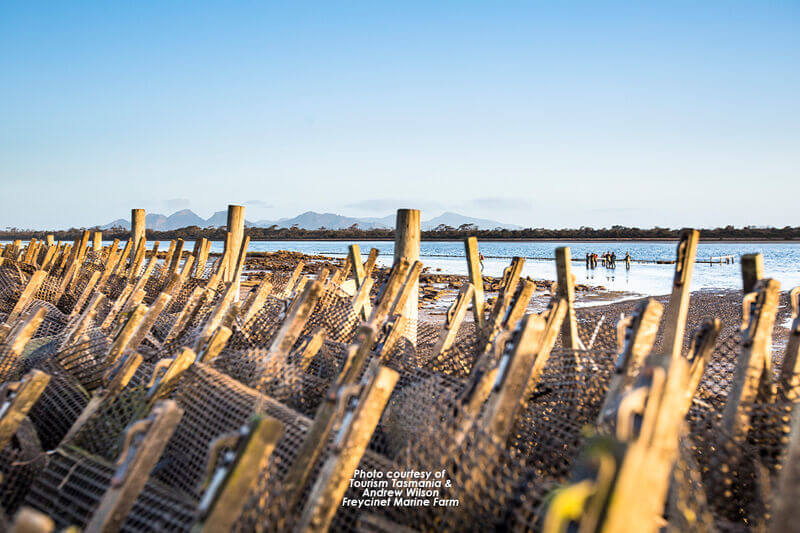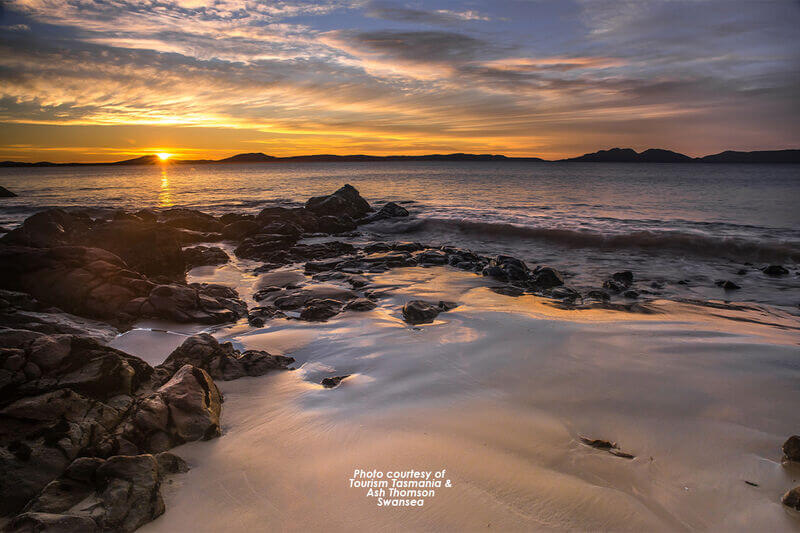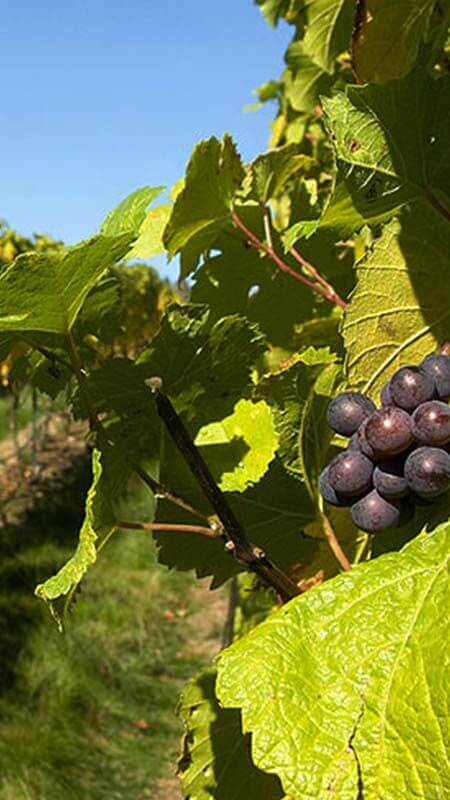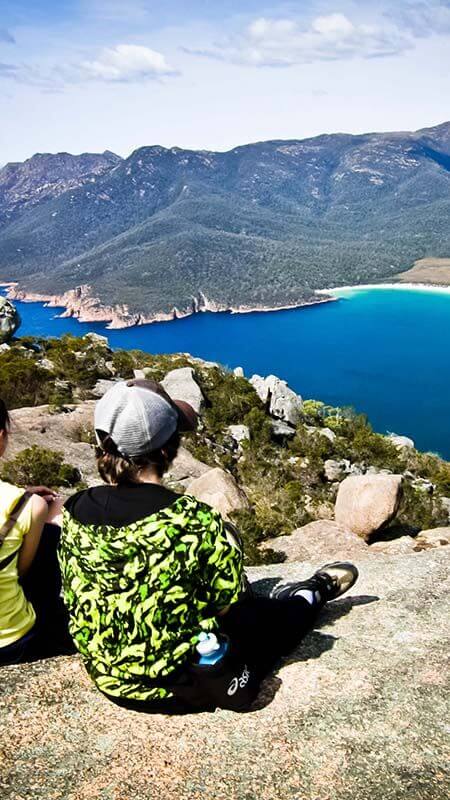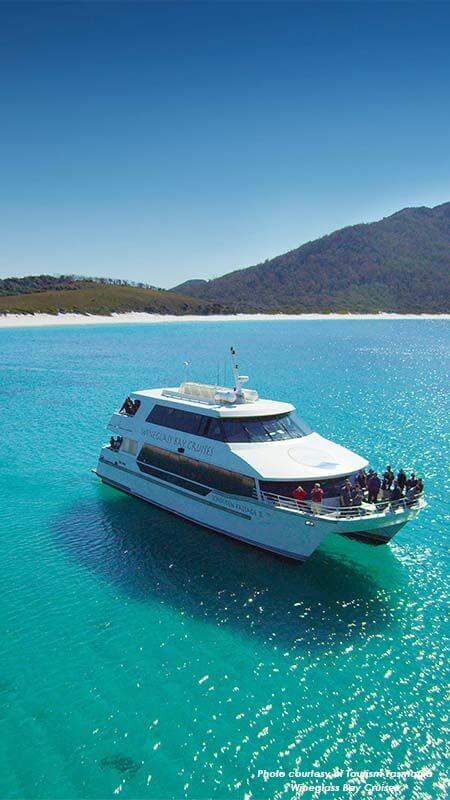Swansea Tasmania's History
Swansea is a beautiful historic township looking across to Freycinet National Park
Located 134 km from Hobart, 133 km from Launceston and 67 km from Campbell Town, Swansea sits on Great Oyster Bay and gazes
across at the rugged mountains of the Freycinet National Park.
It is a pretty setting and it boasts a very substantial number of historic homes and buildings which give this fishing and holiday destination a distinctive charm.
The first European to explore the Swansea area was a Captain Cox sailing the brig Mercury from England to Sydney Town. He sailed up the eastern coast of Tasmania and, having heard rumour of vast colonies of seals, on 3 July 1789 sailed along the western shore of Maria Island and into a stretch of water he named Oyster Bay.
He described the bay as 'being quite landlocked and sheltered from the wind in every direction.' Cox noted that the area was already inhabited by Aborigines who, from the evidence of their middens, were obviously living off the oysters and shellfish. They disappeared into the hinterland but Cox observed smoke from their fires.
Numerous sailors passed through the bay over the next twenty years but it wasn't until the 1820s that Europeans settled in the district. In 1821 there were three families in the area. It wasn't until 1827 that any sort of substantial community was established in the area.
It was in that year that Captain George Hibbert of the 40th Foot Regiment established a military outpost at Waterloo Point (near the present site of the Swansea Golf Club). It was a typical military post with accommodation for the soldiers, a guard house and a commissariat.
By 1852 it had hardly developed. One observer wrote that it was little more than 'One struggling street, its chief feature a long wooden pier, erected by the inhabitants with government aid, the white cottage of an English clergyman on the point to the south ... and a few whitewashed buildings.' None of these buildings now remains.
The town remained under military control until 1860 when the Glamorgan municipality, the first rural municipality in Tasmania, was established.
In spite of this Swansea started to grow. By 1830 there were 150 free residents and 170 convicts and assigned servants. The most common access from Hobart at this time was via Campbell Town. Between 1835-45 convicts worked on a road north through the mountains to Avoca and on a road south to Hobart. In 1831 the post office was established and in the late 1830s a number of substantial buildings - Morris's Store, Schouten House, the Black Swan Inn - were all built showing an increasing prosperity.
The town continued to grow. It eventually became the most important service centre on the lower eastern coast of the island and, in recent times, it has proved to be a popular holiday destination.
If you enjoy History, visit The Barkmill Tavern Museum, our heritage centre or take a short drive and explore Spiky Bridge. There are also many historical walks around town to explore.



